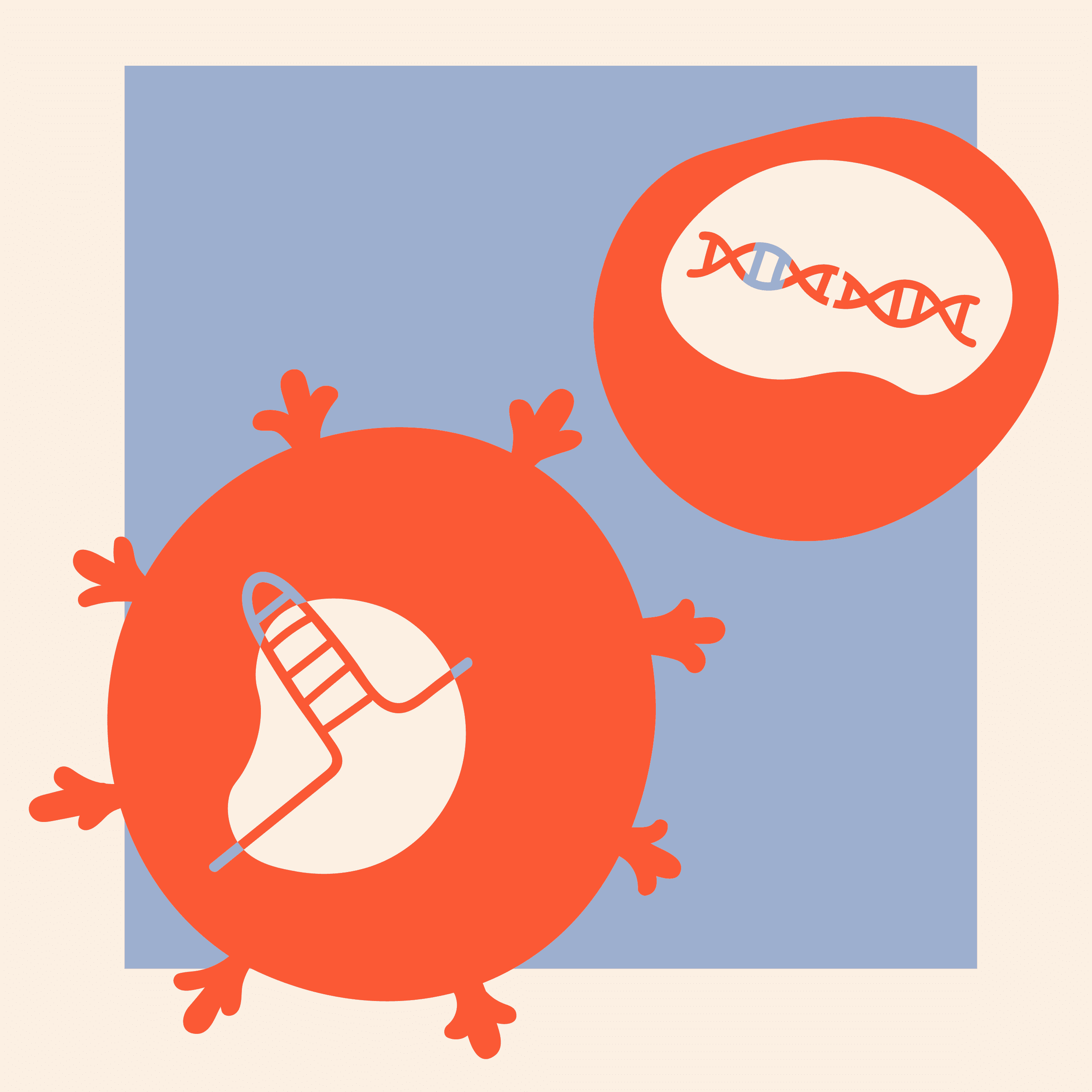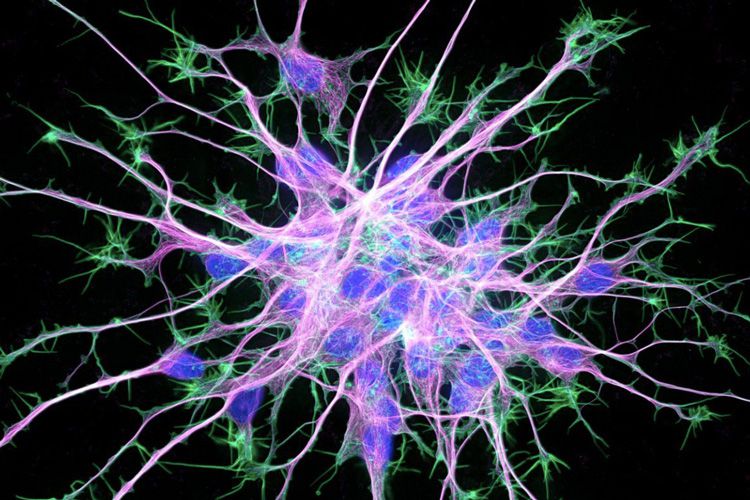

(This post has been sitting in my outbox for a bit thanks to some exciting developments in the lab, so excuse any “dated” references that are off by a week or two)
My news feeds have been alight with the news of Carl June’s (U Penn) recent success at the RAC (Recombinant DNA Advisory Committee) in proposing to use CRISPR to make better CAR-Ts. Specifically, they’re planning to delete TCR and PD-1 in NY-ESO-1 CAR-Ts, melding checkpoint immunotherapy with targeted cell killing. Back in April 2015 I predicted a five year horizon for approval of ex vivo therapies based on a gene edited cell product, and this green light, leading to a Phase I trial, could be consistent with that timeframe. Crazy to think…
CAR-Ts are a clear place where gene editing can make an important difference in the short term, and companies are already hard at work in this arena – Novartis has a collaboration with Intellia and Juno is working with Editas. In this context, the work done by June’s team is incredibly important and paves the way for therapeutic cell products made with gene editing.
But most news headlines declare this “the first use of CRISPR in humans”. While technically true, in that gene editing is being used to make a cell product, this description doesn’t really sound right to me. The headline is that we’re about to start doing gene editing in humans, with the implication that genetic diseases are in the crosshairs.
But CAR-Ts of course target cancer, and are not permanent additions to a patient’s body. You can stop taking CAR-Ts in a way that is difficult or impossible with other genetically modified cell products (e.g. edited iPSCs for regenerative medicine) or gene editing therapeutics (e.g. in situ reversal of a disease allele). And there are other ways to tackle some of these cancers (though none nearly so effective). We’ll learn a lot from these next-gen CAR-Ts and I have no doubt that they’ll impact patients, but will the main learnings be specific to CAR-Ts and oncology? Is this an important step in establishing safety or efficacy for CRISPR as a way to cure genetic diseases?
We know that primary T cells are actually surprisingly easy to edit, that editing doesn’t cause T cells to keel over, and Sangamo paved the way with ZFN-modified T cells for HIV some time ago. But each Cas-based reagent potentially has unique advantages and liabilities (especially genotoxic) and nothing has yet been used at scale. Perhaps we’ll learn something generalizable about using these proteins to make therapeutic products, and maybe set the stage for functional safety assays? Maybe a main benefit is to get the public comfortable with the idea of gene editing to combat disease?
Cancer immunotherapy is certainly a powerful meme at the moment and tapping in to that good feeling could raise awareness and public perception of gene editing. I’m looking forward to results from June’s work with great excitement, whether it’s aimed at genetic disease or not.



